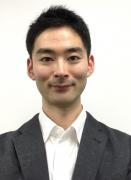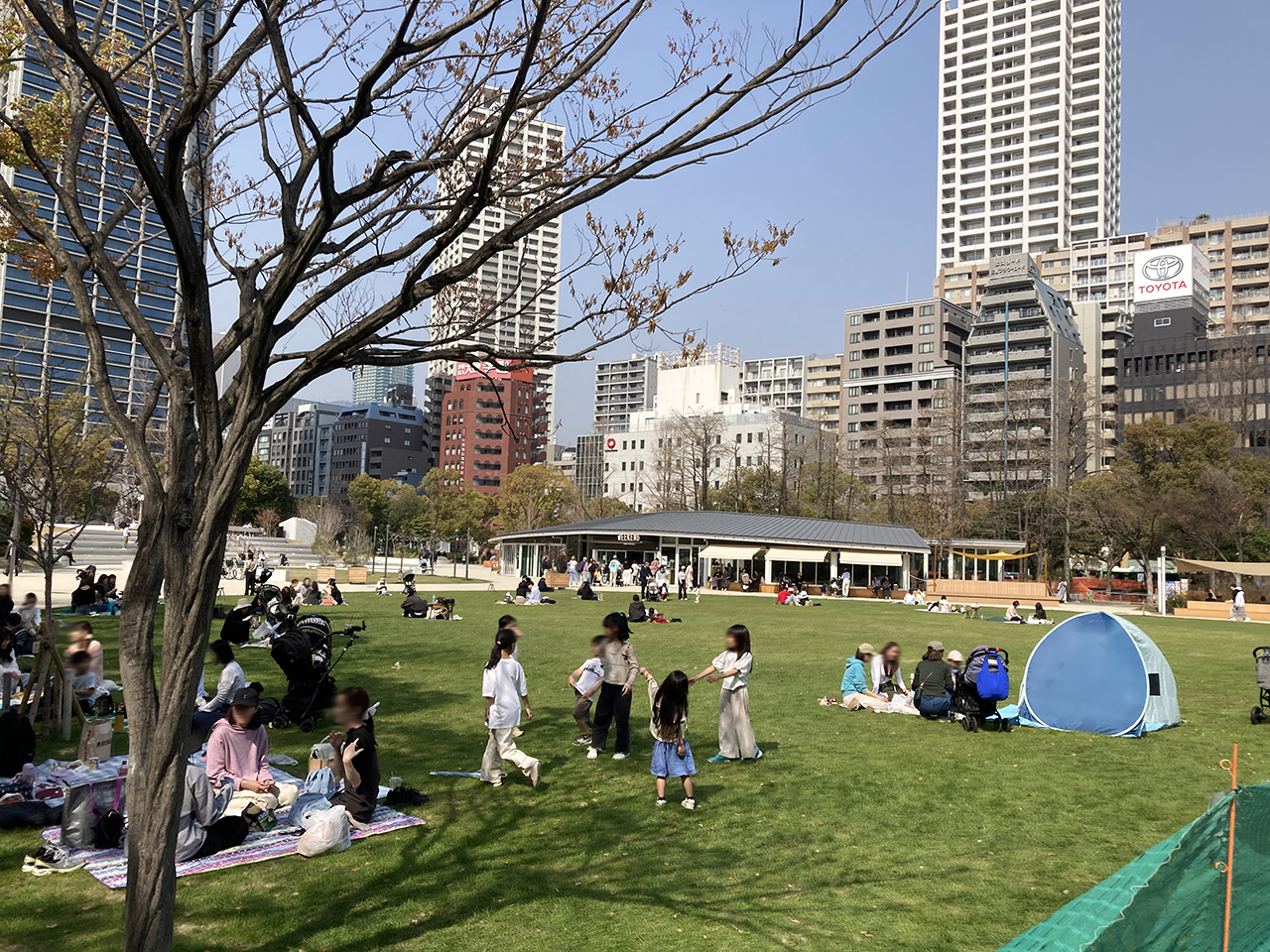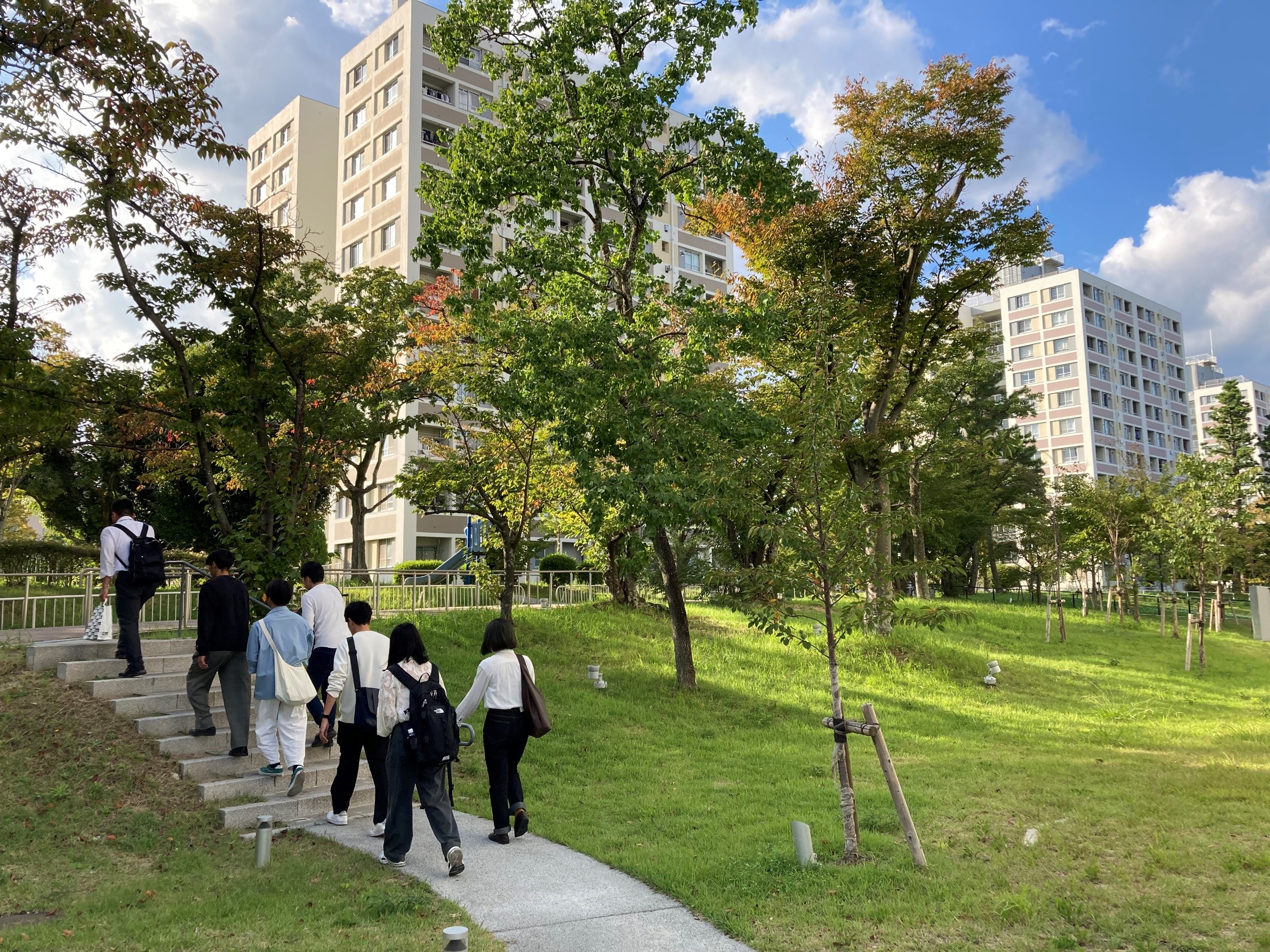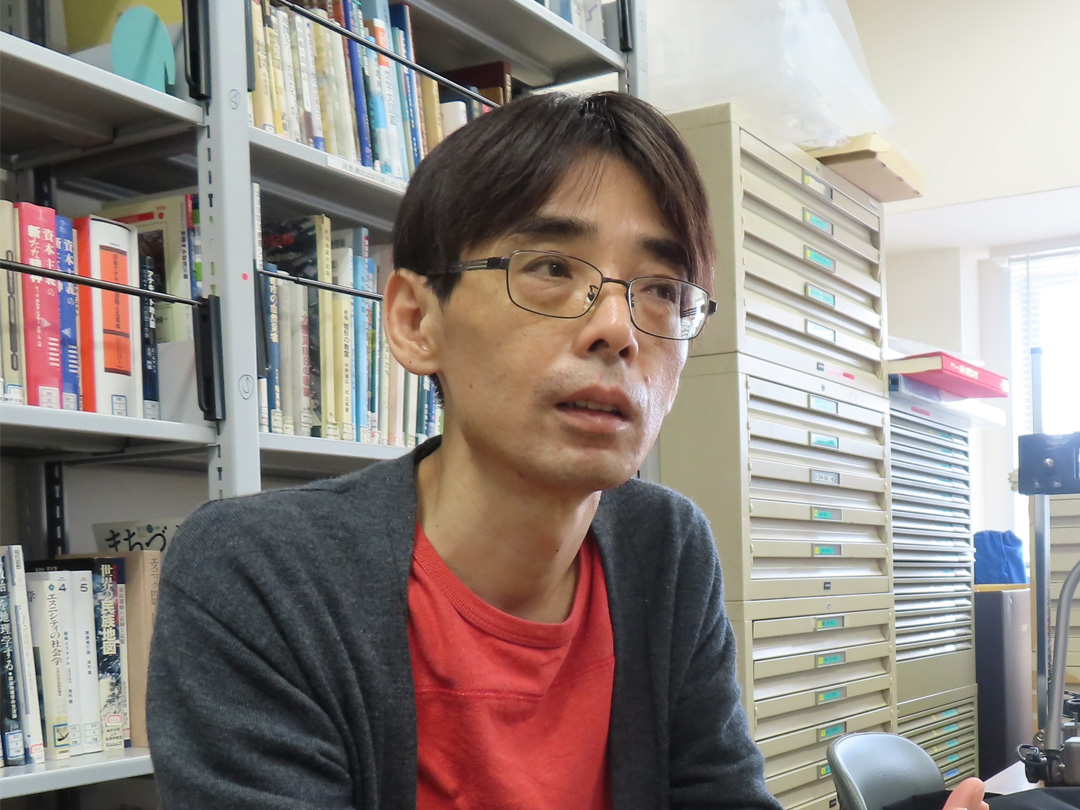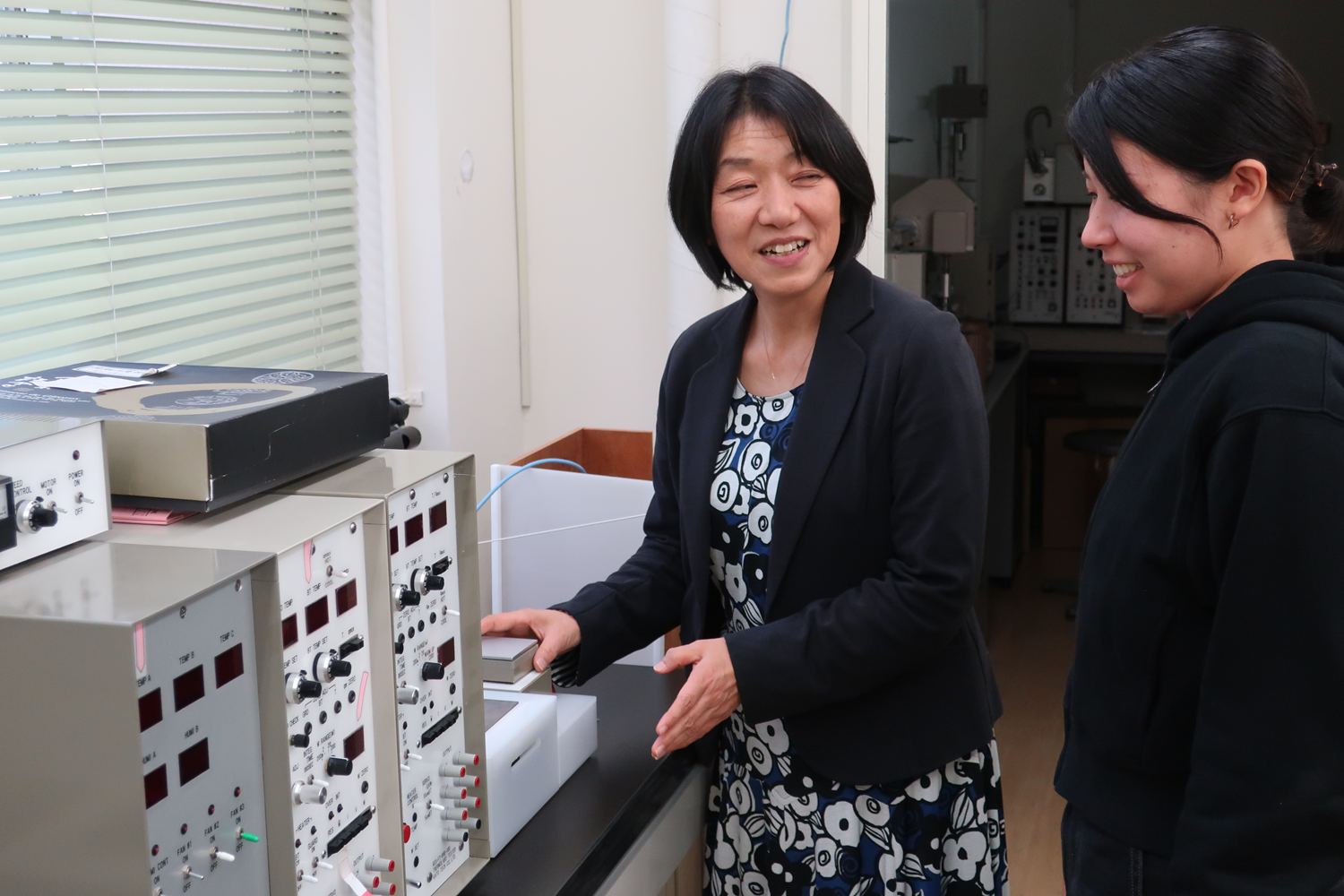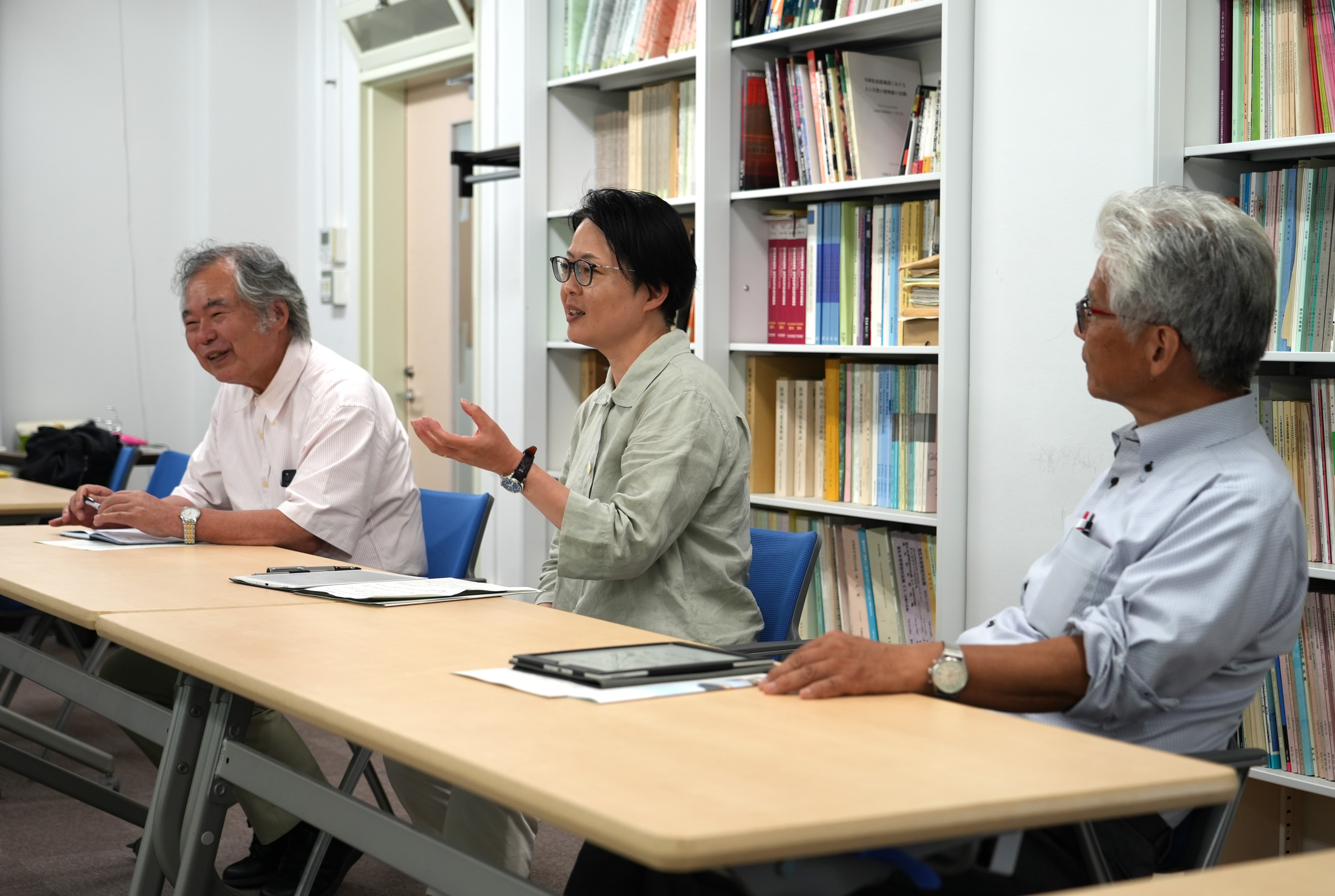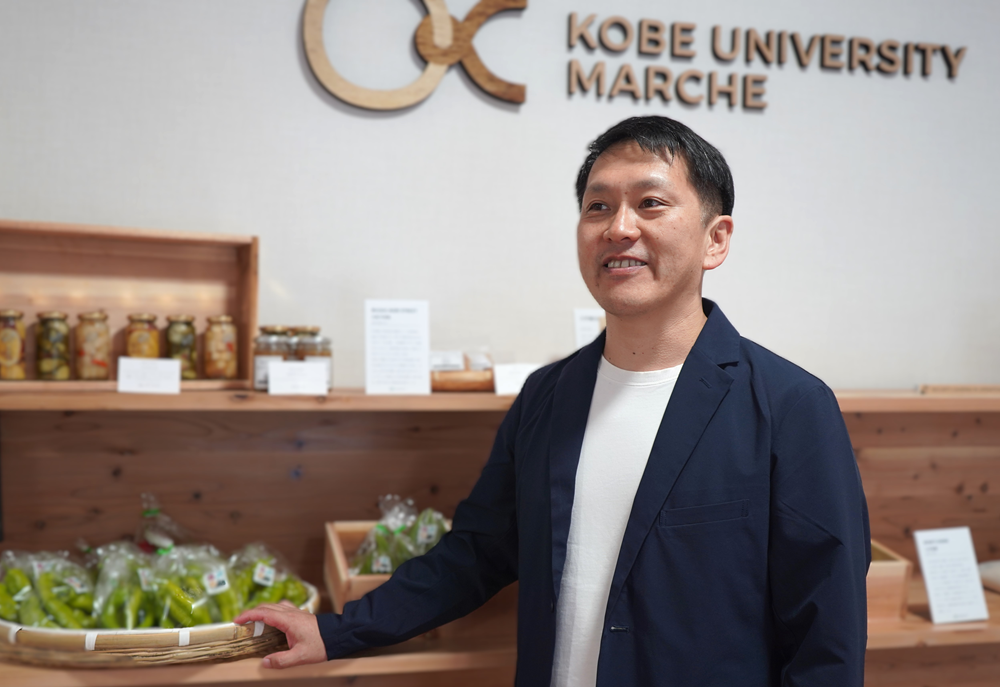The fruits of research on Asian cities
What is a city? What are the geographical conditions and social factors that lead to the concentration of population in an area, and how does urbanization progress? And what is needed to create urban environments that meet the diversifying lifestyles and needs of people?
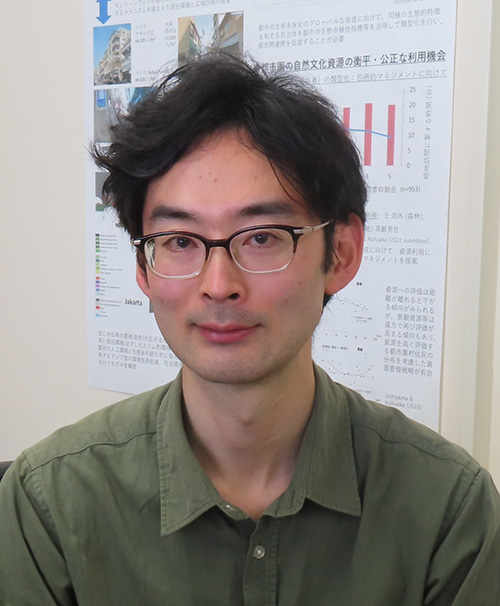
UCHIYAMA Yuta, Assistant Professor of Kobe University’s Faculty of Global Human Sciences, regards the behavior of a modern city, where people, artificial objects, living things, and inorganic substances are complexly intertwined, as an “ecosystem.” He attempts to elucidate the dynamics of change as if the city were alive, viewing it as the “behavior” of the city. His main area of study is monsoon Asia (East Asia, Southeast Asia, and South Asia, which are affected by monsoons), including Japan. He has conducted field surveys and data analysis using GIS (Geographic Information System) in cities in Indonesia and other countries.
“Cities in Asia are more mixed with rural areas than those in Europe and North America; in other words, the distance between urban and rural areas is closer, and there is no clear division between them. Asian cities are critically viewed as disorderly from the perspective of modern urban planning that started in Britain in the late 19th century, but in Asia there was originally a large rural population due to the widespread cultivation of rice. As the urban area expanded, such areas were incorporated into the city, and the landscape became more complex. In this way, the process of urban formation differs from country to country and region to region, and each has its own historical and cultural background. I believe it is necessary to take a proper look at these factors,” he says.
For example, Jakarta, the capital of Indonesia, is one of the most densely populated cities in the world, and there are many slums where old, cramped houses stand side by side without gaps between them. At first glance, it seems completely chaotic. However, when he actually measured the buildings and living spaces, he found that public areas such as corridors and common water supply areas were well secured, and in many places, residents managed their own areas according to local rules.
As mentioned earlier, Asian urban landscapes, which are close to rural areas and have a lot of nature such as farmlands, forests, and rivers, are being reevaluated in recent urban studies and policies. In Japan, several years ago, relevant laws were enacted or revised to actively conserve and utilize farmland in urban areas.
Uchiyama says, “In the past, farmland and nature in urban areas were positioned as reserve land that would eventually be converted to housing and urbanized, but now they are being reevaluated as essential to cities from various perspectives, including residents’ comfort, thermal management, and biodiversity. If they are used as community gardens, they can be places for interaction among people, and between people and other living things. Large-scale green spaces can also have the effect of purifying air and reducing noises. Paddy fields and forests have water storage functions which are useful also in times of disaster.”
Such thoughts about urban planning and management methods that allow residents to enjoy these benefits of nature, or regional shared social resources, fairly and equitably are an important theme in Uchiyama’s research.
An interdisciplinary perspective that crosses regions
Uchiyama not only conducts theoretical research such as surveys and analyses, but also creates opportunities for students to learn about the relationship between urban and rural areas in a practical way by taking them to local communities. Their base is an old private house in rural Tamba Sasayama City, Hyogo Prefecture, a city rich in nature about 50 km away from Nada Ward, Kobe City, where the university is located.
He explains: “My students and I began by learning about the materials and structure of the house while helping the local carpenters, plasterers, and joiners re-cover the walls and floors. Since the house is close to not only Kobe but also Kyoto and Osaka, we would like to practice and disseminate information about living and working between urban and rural areas, such as living in multiple locations and teleworking. Right now, we are still in the process of learning from the local people, but in the future, we hope to collaborate with various parties active in the community and make the place open to residents.”
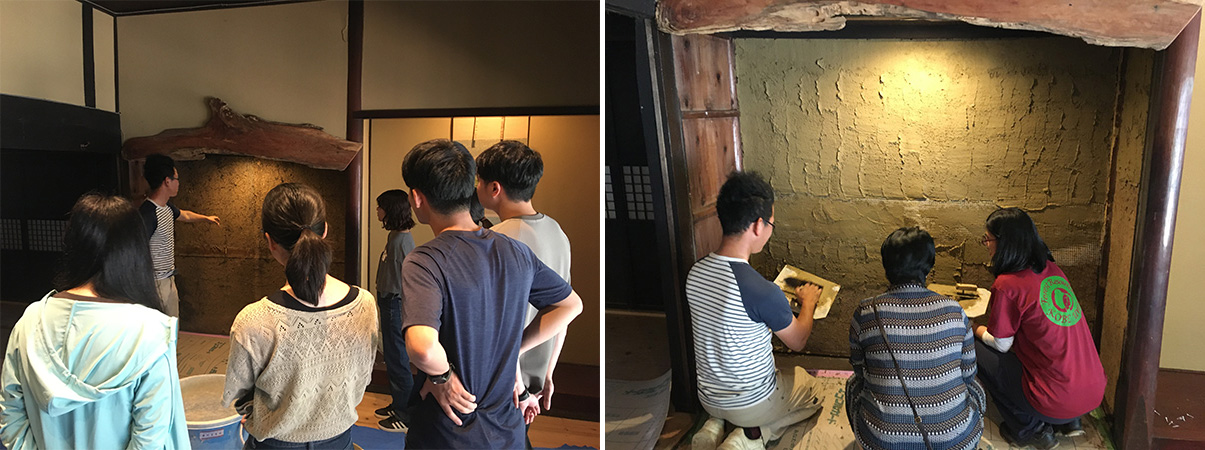
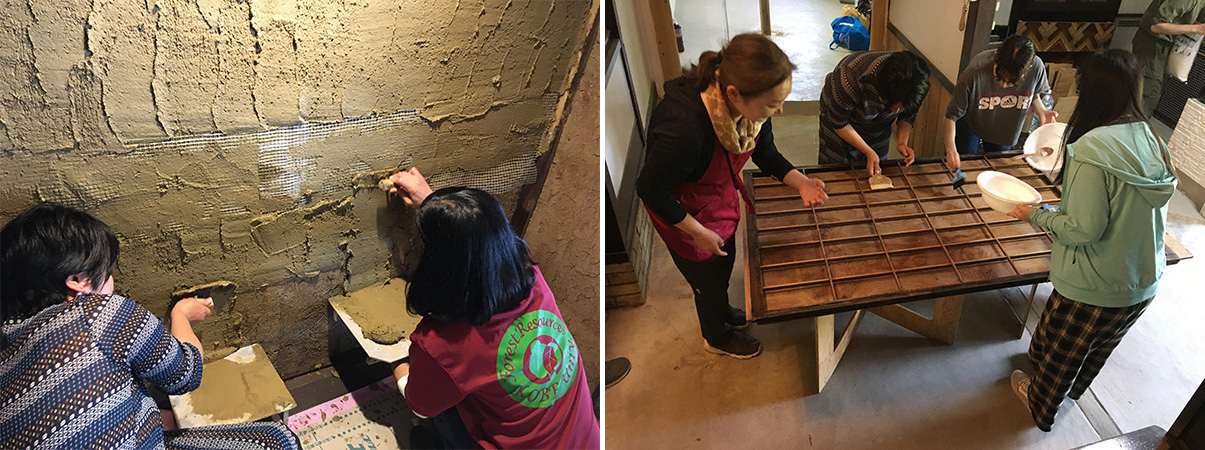
Uchiyama’s research is characterized by integrating the methods of both urban and regional environmental studies and geographic information science, and as such aims to deeply understand the urban ecosystem and manage its changes and functions; to seek and propose sustainable urban environments where people with various attributes and lifestyles can coexist; and to put the results into practice in real local activities.
This interdisciplinary research perspective is also reflected in his way of looking at the SDGs, one of which is creating sustainable cities and communities.
“Of the 17 goals of the SDGs, people often say, 'I will contribute to this number,' but I think it is important to approach different areas such as environment, economy, and society simultaneously to solve problems. If each person works not only on individual themes, but also engages in activities that involve multiple goals, one plus one becomes more than two. I think it is ideal to explore in various fields such as architecture, urban planning and agriculture, how to combine and spatially embody technologies and methods that are environmentally friendly, involved in local economic circulation and have social inclusiveness,” says Uchiyama.
While it is of course important to deepen one’s expertise in research, in this era of globalization, where issues are becoming increasingly complex and interrelated, interdisciplinary approaches are required more than ever to incorporate and integrate knowledge and methods from multiple fields. The Faculty of International Human Sciences aims to nurture “collaborative global human resources” who can cross boundaries with a multifaceted perspective and flexible attitude. Uchiyama’s viewpoints and methods are perhaps the very embodiment of the education that the faculty is aiming for.
Resume
| March 2008 | Graduated from the Faculty of Engineering, Chiba University |
| March 2010 | Completed the master’s program at the Graduate School of Engineering, Chiba University |
| March 2013 | Completed the doctoral program at the Graduate School of Engineering, Chiba University |
| April 2013 | Project Researcher, Research Institute for Humanity and Nature |
| April 2015 | Postdoctoral Researcher, College of Human and Social Sciences, Kanazawa University |
| October 2016 | Industry-Academia Collaboration Researcher, Graduate School of Environmental Studies, Tohoku University |
| September 2017 | Assistant Professor, Graduate School of Environmental Studies, Tohoku University |
| April 2019 | Specially Appointed Lecturer, Graduate School of Environmental Studies, Nagoya University |
| October 2021 | Assistant Professor, Graduate School of Human Development and Environment, Kobe University |

